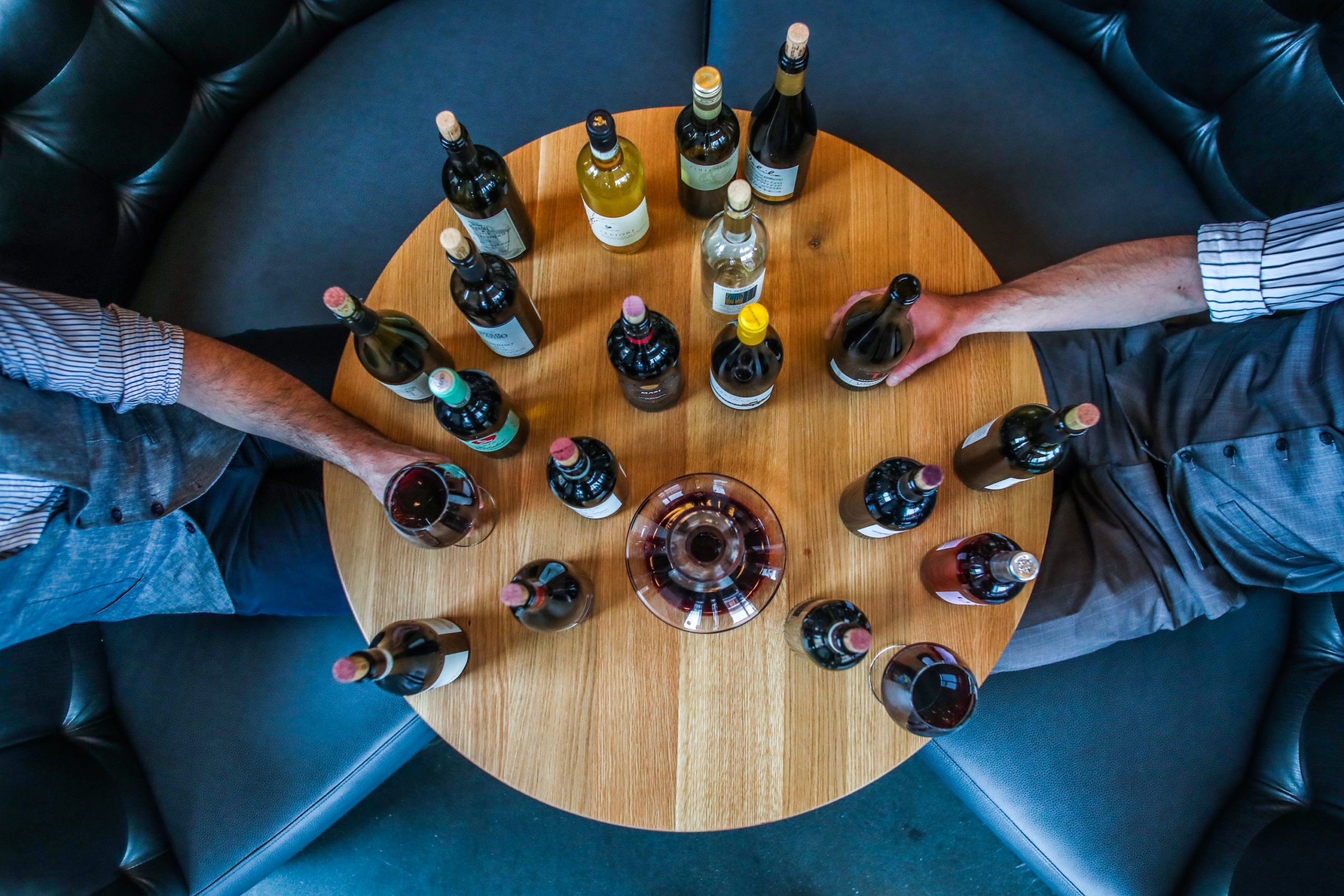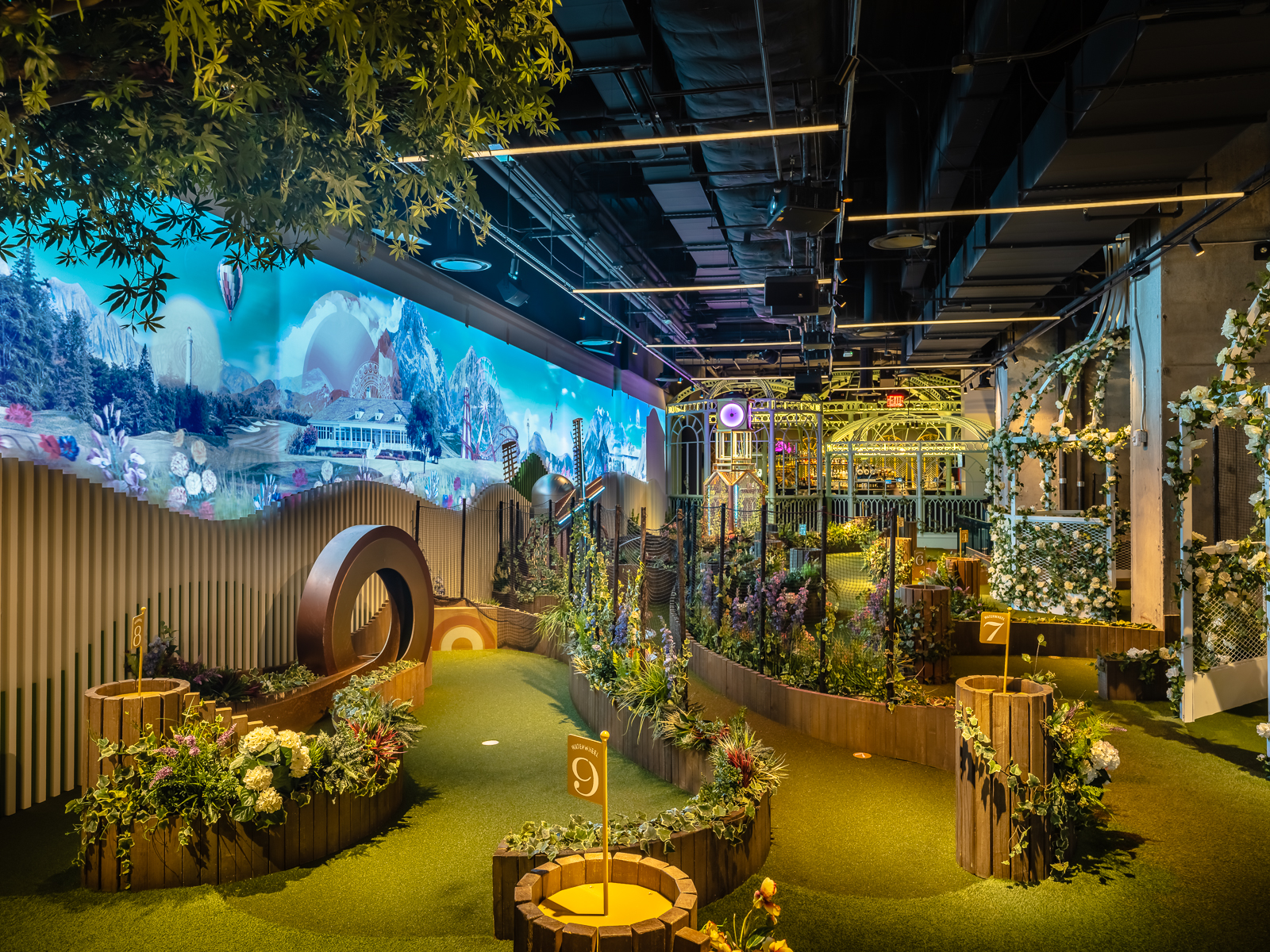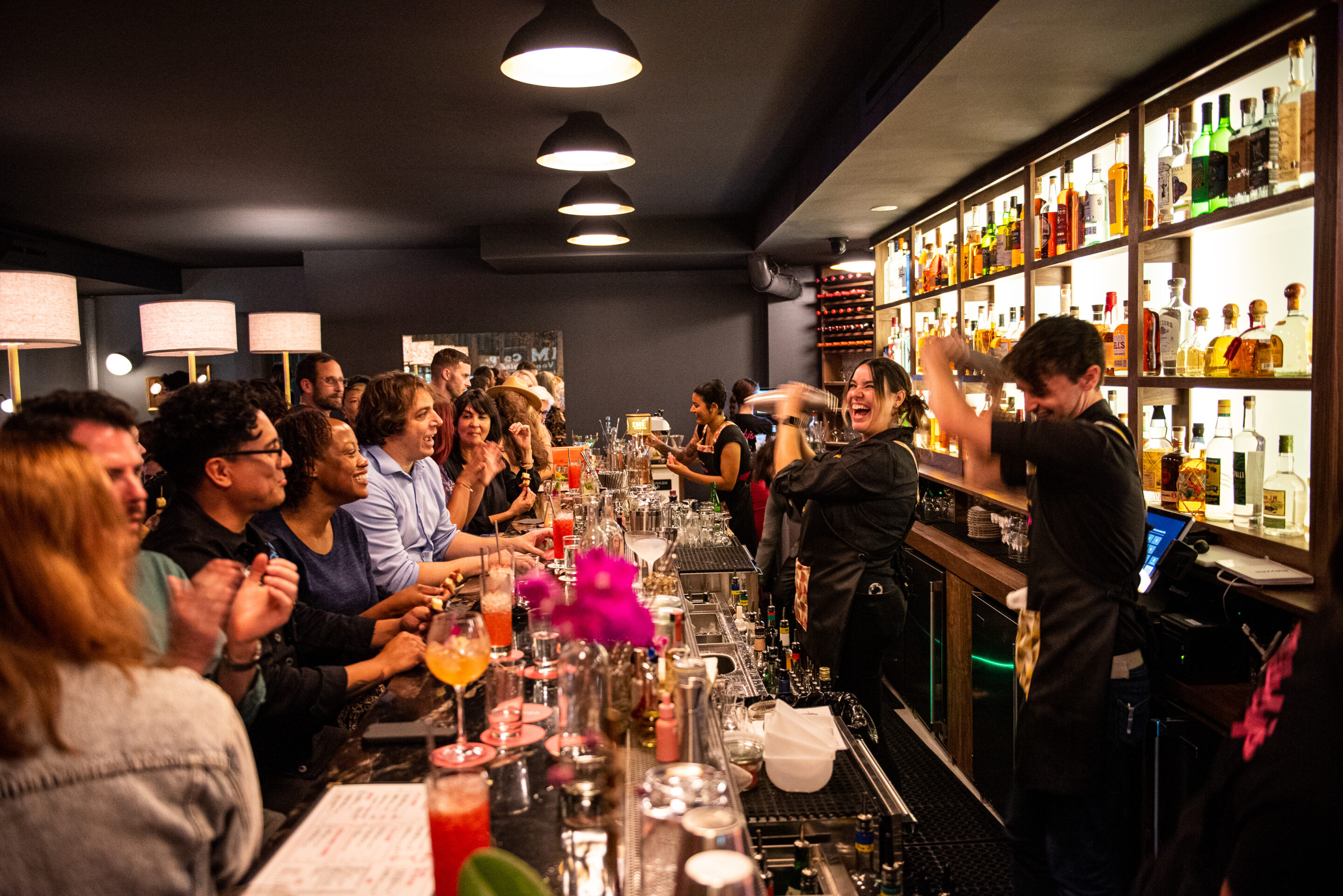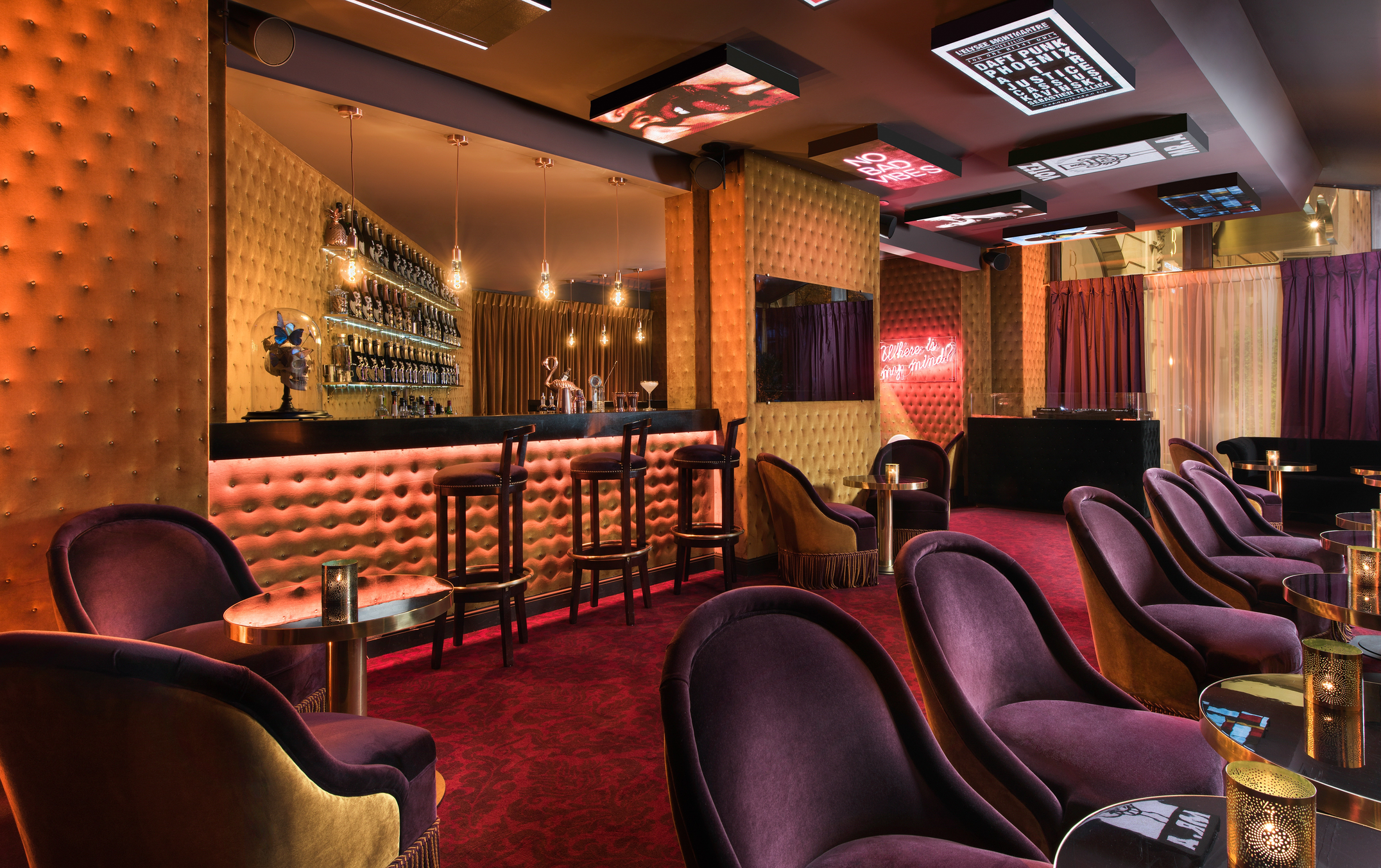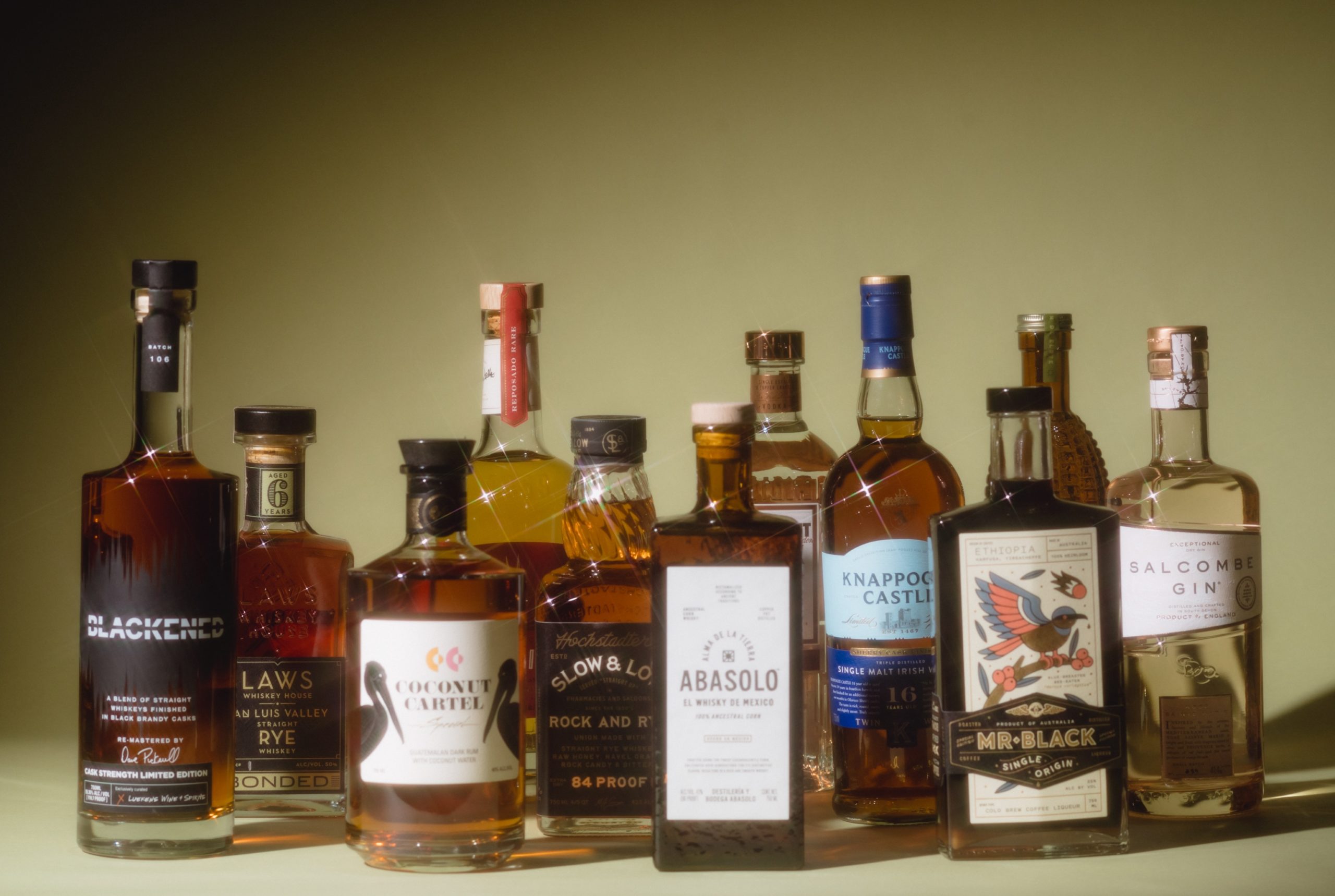Today, aging wine is far more unique and advanced, but some age their wine using traditional practices. There’s no better feeling can compare to turning your newly produced wine into a mature tastier for you to enjoy.
We have teamed up with wine storage experts, Dunavox GB, to help give you a better understanding of the process.
Wine Aging
Wine Aging is a process that tends to improve the flavor and taste of a wine over time. You can call it a fermentation process, and the wine goes through various treatments like malolactic fermentation, clarifications, and other processes. It takes time to age wine. The longer it takes, the better. Some cheap wines on the market are aged approximately 6 months, while the classy and pricey ones are aged for more than 10 years.
The main purpose of wine aging is to produce high quality and tastier wine. It elevates the flavor and enhances the wine’s color. This process might be more complicated in reality. If it is done incorrectly, it will greatly affect the wine’s overall quality, or worse, the wine could get spoiled.
Here all you need to know about the ins and outs of wine aging, what are the changes in wine due to aging, and the other process in how to age a wine correctly and effectively.
Changes after Maturation and Aging
Many changes will happen during the aging phase that leads to significant changes in the wine. The changes happen over time. Some changes can be subtle and so small with a barely noticeable impact on the wine. The most noticeable change in the wine attributes is their color. For example, a white wine color becomes golden, orange, and red colors replace red wine, purple, and violet tints. The other noticeable change is their aroma, and it becomes a more complex, smooth, and pleasing aroma. The wine’s taste also changes into a much rounder and smoother taste. These changes will greatly affect the overall quality of the wine.
Changes in Color
One of the greatest wine attributes is their color, much more vibrant color will give more appeal to the wine. Preserve a bottle of wine can change its color, these changes can be subtle, and in some cases is only small. If the color of the wine changes over time, meaning to say the oxidation process is successful.
In red wines, it will develop a bright red with purple tint color. This is due to monomeric anthocyanin pigments extracted from the grape skin during fermentation. This is an organic process. However, the oxidation rate has something to do with this process.
The process is almost the same, but in white wine, if the oxidation process takes too long, it will turn to brown rather than golden color. Store the white wine correctly to reduce the risk of full oxidation.
Changes in Flavor
The flavor of the whine dramatically changes over time. The wine becomes smoother, mellower, and richer flavor. If the wine has been stored correctly, it will achieve a classier taste, and if not stored correctly, a musky and unpleasant taste can be experienced, or much worst, the wine will spoil.
There are different levels of changes that will happen in each process. If you want to achieve a certain taste, you’ll have to wait more time as this process happens naturally. Another factor that greatly affects the taste of a wine is the loss of acidity. The acidity level enhances the taste making it much more mellow and less astringent taste to it.
Taste is the number one factor that affects the overall quality of a wine. The more pleasant the taste, the more the price will be. Wine aging is a long process that requires a lot of hard work and patience. Over time, these wines will age, and you can bear the fruits of your hard labour. It transforms a young whine into a mature with a more classic taste sought by wine lovers.
Changes in Aroma
During the aging process, you will see a significant change in wine aroma. These include the loss of a certain smell like yeasty aroma that is produced by the grapefruit. You can smell some new changes in the wine, like harmonious and pleasing fragrance. A young wine aroma has a fresh and fruity aroma, while a matured wine has a smoother and mildly fruity aroma.
Factors that Affect the Process of Wine Aging
Many factors affect the process of wine aging. Each of these factors is crucial in cannot be overlooked. It depends on these factors in what will be the outcome of the maturing phase.
Oxidation
Oxidation plays an important role in wine maturation. Without proper oxidation, the outcome would be very unpleasant. These changes include the overall quality and the development of the wine. The oxidation process changes the color and aroma of the wine.
Light Exposure
Light Exposure is another key factor in wine aging. For example, if you expose a bottle of wine to ultraviolet light or radiation, it produces an oxidative reaction.
Temperature
The temperature is also important in wine aging. The temperature will affect the speed of the aging process. For instance, some wines like white wine need to be stored at cooler cellar temperature to prevent rapid aging and loss of quality. And some wines need a higher and elevated temperature to produce more taste and aroma quality.
These three factors are critical and should be well-thought-out through the full aging process. If followed correctly, a good and classy well-aged wine is to be expected.
